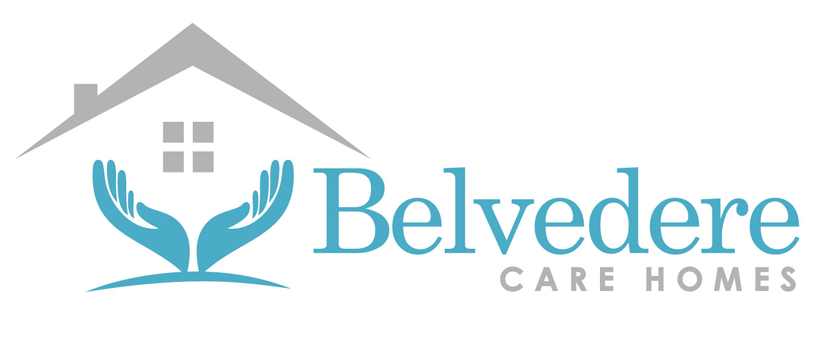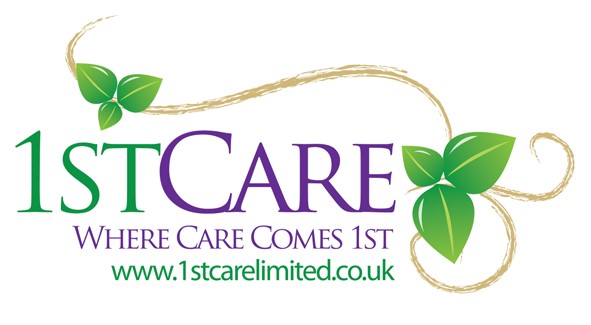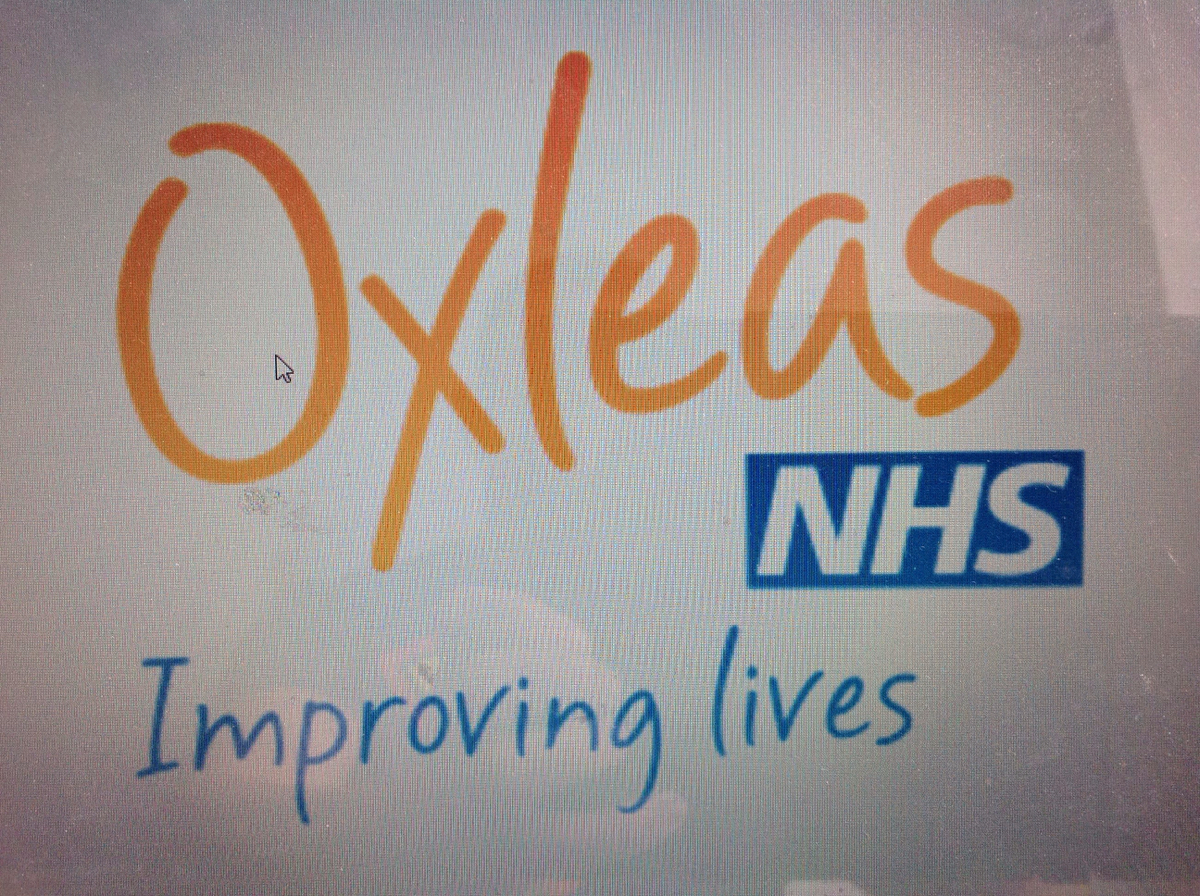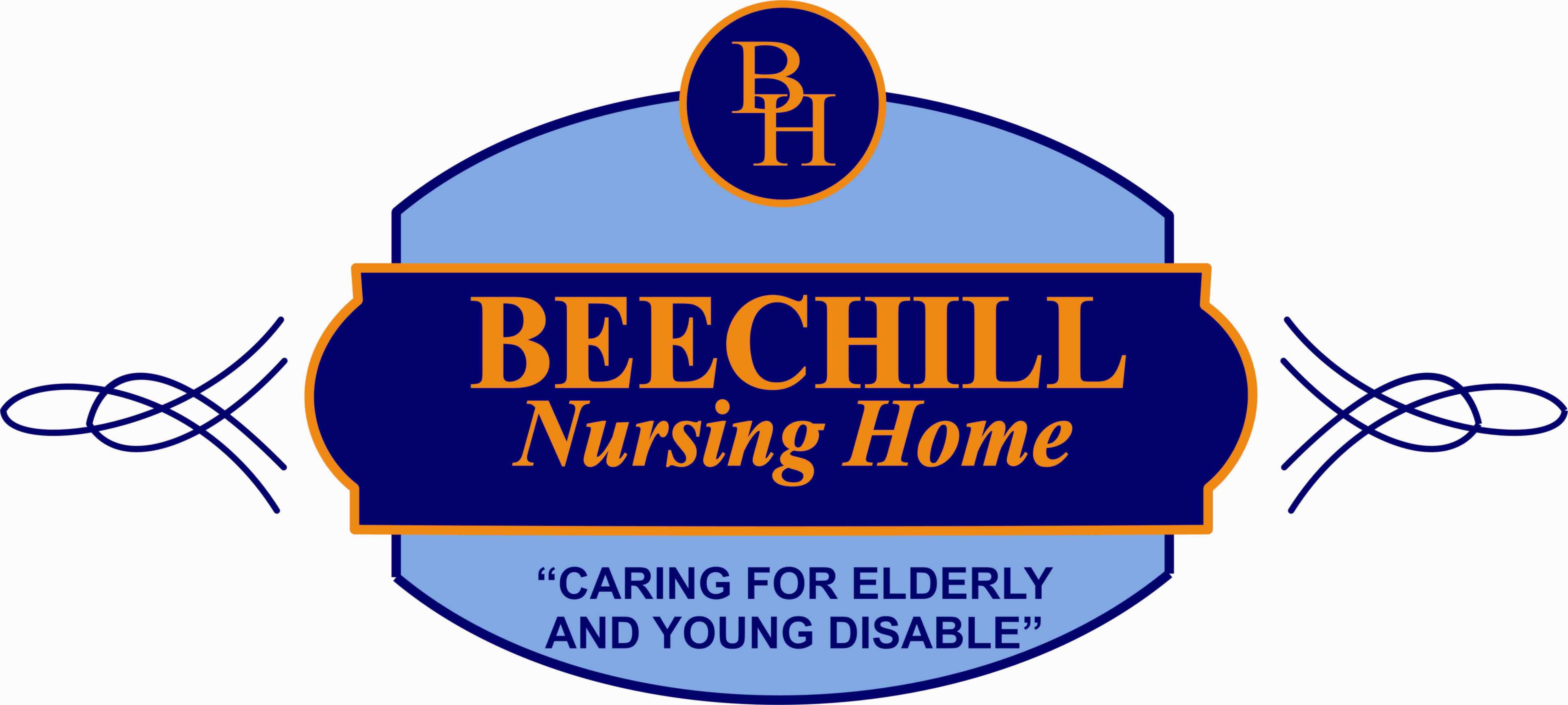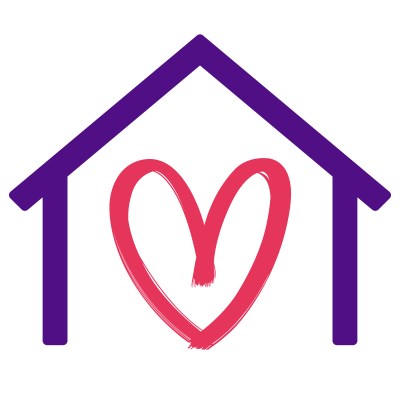Title Page
-
Document No.
-
Audit Title
-
Client / Site
-
Conducted on
-
Prepared by
-
Location
-
Personnel
-
Has Landlord Consent Form been completed?<br><br>If 'No', please complete one before continuing.
-
Have MCL fees been paid?<br><br>If 'No', please collect payment before continuing.
-
What is Legionnaires' Disease?
-
Legionnaires' disease is a pneumonia like illness caused by the Legionella bacteria and can be fatal. The infection is caused by breathing in small droplets of water contaminated by the bacteria. The disease cannot be passed from one person to another. Legionella bacteria are found in the natural environment and may contaminate and grow in water systems, including domestic hot and cold water systems like those found in your property.
Preparing Risk Assessments
MCL Properties will carry out a suitable and sufficient risk assessment by a competent person. This will allow you to satisfy your statutory duty, and help ensure that risk is kept as low as is reasonably practicable by implementing suitable control measures where necessary.
Providing information for tenants
Tenants are also expected to play their part in ensuring control measures are maintained. MCL Properties will provide tenants with instruction and a Fact Sheet detailing their responsibilities, as well as obtaining a declaration stating their understanding.
What happens if you do not carry out your obligations?
The consequences can be serious. Landlords are legally required to manage properties so as not to expose tenants, residents and visitors to risk. Heavy fines or even imprisonment can be imposed, especially if it causes a fatality. Landlords can be prosecuted even if there is an exposure to risk without anyone actually even becoming ill.
As a landlord of residential accommodation you have responsibilities for controlling Legionnaires' disease. Health and Safety legislation requires that landlords carry out risk assessments for the Legionella bacteria which cause Legionnaires' disease, and thereafter maintain control measures to minimise the risk. Most rented properties are likely to be low risk, but it is important that risk assessments are carried out and control measures introduced by a competent person/company, such as MCL Properties. -
Legionella Risk Assessment
- The first step in any risk management process is production of a professional risk assessment.
- This involves the engagement of an external water consultant to produce a risk assessment.
- A Legionella Risk Assessment involves a trained engineer visiting a premises and making an objective assessment of the water system's potential to be colonised by Legionella bacteria and the various factors favourable for their continued growth. -
Property address:
-
Upload picture
-
Date of assessment:
-
Assessment carried out by:
-
Describe property type:
-
Describe type of cold water system e.g. Mains feed or from storage tank:
-
Describe type of hot water system e.g. Mains feed via combi boiler or from storage tank:
Risk categories
-
1. Water outlet temperature
-
Is cold water temperature at outlets below 20 degrees centigrade?
-
Upload picture
-
Is the hot water temperature above 50 degrees centigrade at outlets?
-
Upload picture
-
Cold water must flow from outlets at below 20 degrees centigrade and hot water above 50 degrees centigrade to minimise risk. If temperatures are too low/high then adjustments need to be made to the system such as lagging of pipework or adjustment of temperature settings for hot water.
-
2. Cold water storage tanks
-
Is there one present?
-
Location:
-
Upload picture
-
Does it have a tight fitting lid?
-
Upload picture
-
Is the water in the tank clean and free from rust, debris, scale and organic matter?
-
Upload picture
-
Is the temperature of the water in the tank below 20 degrees centigrade?
-
Upload picture
-
If any debris etc is present in the system it should be drained and thoroughly cleaned. If debris is from the tank itself then the tank may need to be replaced. All cold water tanks should have tight fitting lids to prevent debris entering the system. The water in the tank should be below 20 degrees centigrade and the tank should be insulated to prevent the temperature rising above this level.
Identify any defect/risk and related recommendations associated with cold water storage. If any action is required identify responsible person:- -
Defect:
-
Risk:
-
Recommendation:
-
Responsible person: Landlord/tenant/other
-
3. Hot water
-
Is the temperature setting on the boiler and/or hot water tank such that the hot water is heated to and stored at a temperature of 60 degrees centigrade?
-
Upload picture of the boiler
-
NB: if the temperature is set above 60 degrees centigrade this can cause scalding to users.
The temperature setting on the boiler and/or hot water tank should be set and maintained at 60 degrees centigrade.
Identify any defect/risk and related recommendations associated with hot water. If any action is required identify responsible person:- -
Defect:
-
Risk:
-
Recommendation:
-
Responsible person: Landlord/tenant/other
-
4. Little used outlets
-
Are all water outlets used more than once per week?
-
If no, identify outlet & location:
-
Upload picture of water outlets not being used
-
Any little used outlets should be flushed through weekly by running water through the outlet for at least 2 minutes. Aerosol production should be minimised during this process.
Identify any risks and related recommendations associated with little used outlets. If any action is required identify responsible person:- -
Defect:
-
Risk:
-
Recommendation:
-
Responsible person: Landlord/tenant/other
-
5. Shower heads
-
Are there any showers in the property?
-
If yes, identify location:
-
Upload picture
-
All shower heads should be cleaned, disinfected and descaled at least once every 6 months. Aerosol production should be minimised during this process.
Identify any risks and related recommendations associated with shower heads. If any action is required identify responsible person:- -
Defect:
-
Risk:
-
Recommendation:
-
Responsible person: Landlord/tenant/other
-
6. Dead legs and redundant pipework.
-
Sections of pipework which are redundant or owing to the system design and have little/no through flow of water (known as "dead legs") can allow water to stagnate in the system. Are there any dead legs known in the system? If so, please describe:
-
Upload picture
-
Any dead legs in pipework should be removed. Has this been done?
-
If no, identify location:
-
Upload picture
-
Any dead legs in pipework should be removed or the system altered so that water flows through all pipework on a regular basis.
Identify any risks and related recommendations associated with dead legs. If any action is required identify responsible person:- -
Defect:
-
Risk:
-
Recommendation:
-
Responsible person: Landlord/tenant/other
-
7. Unoccupied properties
-
Is the property mainly occupied for long periods of time?
-
If no, please establish period of time the property is unoccupied:
-
During periods of unoccupancy all outlets on hot and cold water systems should be flushed through at least once a week for at least 2 minutes. For long periods consider draining the system. Make sure that the system is flushed through when it is re-occupied by running all outlets for at least 2 minutes. Aerosol production should be minimised during this process.
Identify any risks and related recommendations associated with unoccupancy. If any action is required identify responsible person:-
-
Defect:
-
Risk:
-
Recommendation:
-
Responsible person: Landlord/tenant/other
-
8. Advice to tenants
-
Has advice been given to the tenants as to the risks of Legionnaires Disease in a domestic setting and their responsibilities to minimise risk?
-
This can be done by giving the tenant/s the tenant advice sheet.
-
The assessment is complete and should be reviewed regularly (at least once a year) and specifically when there is reason to suspect it is no longer valid. You should ensure that the recommendations above are implemented and any existing controls maintained.
-
Name:
-
Will the landlord be informed of the findings of this report?






